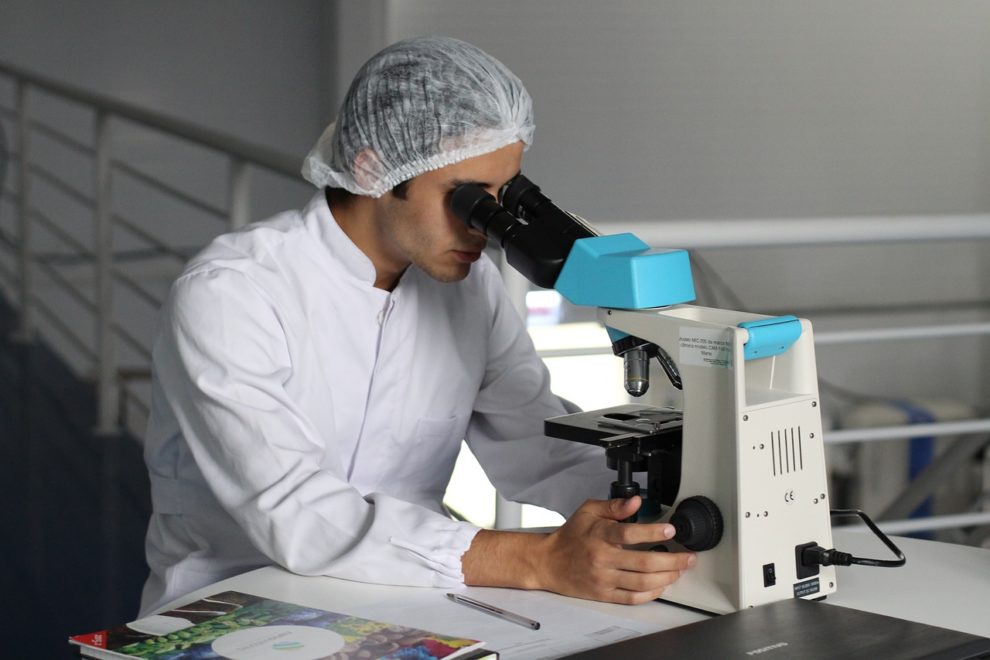At least four “cryptic” variants of SARS-CoV-2, the virus that causes Covid-19, have been found in wastewater samples from New York City’s public sewer system, according to a team of US researchers.
Marc Johnson, a co-corresponding author on the study and a professor of molecular microbiology and immunology at the University of Missouri, believes the findings indicate that the “cryptic” mutations found in New York City could have animal origins.
While these origins have yet to be confirmed, he believes rats that frequent New York City’s sewer system could be one possible source.
The findings were published in the journal Nature Communications.
“For instance, we still don’t know where the Omicron variant came from, but it had to come from somewhere,” Johnson said.
“These variants are bubbling up everywhere, including Omicron, which eventually spilled into the general population and wreaked havoc. We think these weird lineages could be where the next variant of Covid-19 comes from.”
Since June 2020, the researchers have been collecting wastewater samples from 14 New York City treatment plants.
They also contacted other researchers in the United States who were working on similar projects with wastewater. They discovered some unusual outcomes.
“They were different, but all of them had similar mutations in common at one particular location on the virus — Q498. What’s amazing is that in most of the samples from New York City, the Q in Q498 had turned into a Y, or glutamine into tyrosine. If you look at the database, there was not, and continues to not be, a human patient who has had that mutation,” Johnson said.
A biological process known as convergent evolution was suggested as a possible explanation by the researchers.
“An animal in Missouri is not going to mix with the same type of animal in New York City,” said John Dennehy, a virologist and professor of biology at Queens College, City University of New York.
“Therefore, the evolution of the virus in each geographic area is independent of each other, but because it’s the same animal, the virus looks the same in both places,” he added.
According to the lead author, Davida Smyth, Associate Professor at Texas A&M University-San Antonio,”wastewater surveillance is fast, inexpensive and unbiased.”
It also “has the ability to be implemented depending on resource availability in a variety of contexts, especially in areas with limited resources such as low testing and vaccine availability,” Smyth said.
